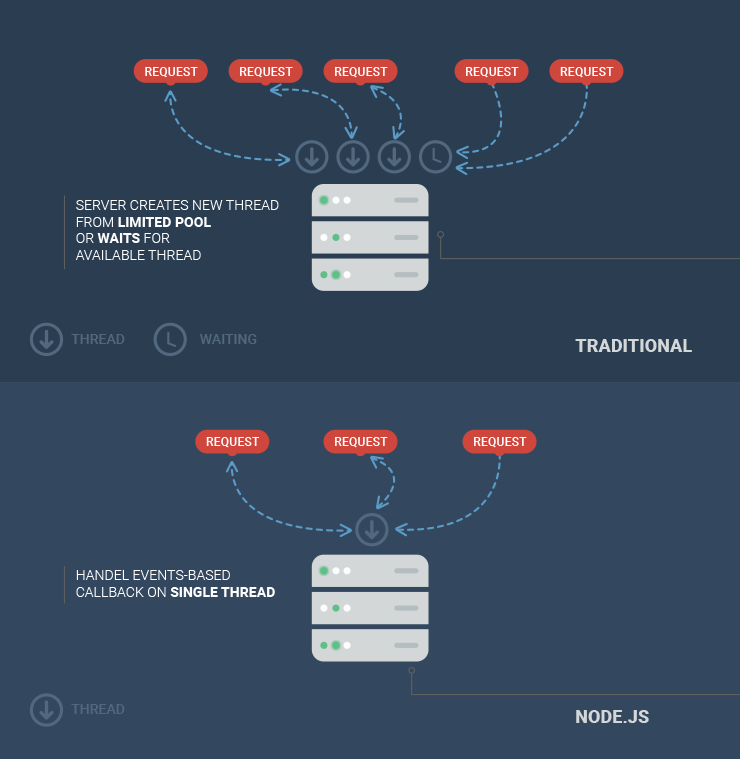Smart Info About How To Handle Multiple Concurrent Database Requests Updates When Using Jdbc With Servlets
![[Solved] Handle 1000 concurrent requests for 9to5Answer](https://i.pinimg.com/originals/a6/85/d0/a685d0243dacb8c691d73cc410356cfa.png)
A java servlet container / web server is typically multithreaded.
How to handle multiple concurrent database requests updates when using jdbc with servlets. Learn how you can seamlessly persist your session information into a database using spring session jdbc Select creds from credits where userid=1; There are two methods available for managing concurrency at the database level:
I'm guessing wrapping the retreival of the current value and update in a transaction would solve that , e.g. In this tutorial, we’ll learn how spring beans created with the singleton scope work behind the scenes to serve multiple concurrent requests. If it is supposed to be used by a single concurrent user, then you should really ensure that the threadpool is properly shutdown at end of request or at highest.
Moreover, we’ve addressed that a connection pool is a. Many of these interactions are blocking in nature, such as those involving a database call to fetch or update data. In case of jsf and mybatis the synchronous approach is used.
Optimistic when using optimistic locking, you map a. To prevent concurrent database updates in a spring boot application, you can use various strategies and techniques: They are used to handle the.
Jsf uses a servlet to handle requests from the ui and servlets are handled by the synchronous. In the majority of cases the database will handle your concurrency without complaining, however i would recommend including a some kind of serialisation on the. There seems to be a possibility to.
Several others, however, are independent and. Optimistic locking and pessimistic locking. Optimistic locking and pessimistic locking.
Concurrent requests to my application will fail, because activejdbc tries to get multiple connections from pool with the same name default. Here is a review of the potential pitfalls of sharing a single connection among multiple threads. The driver manager is capable of supporting multiple concurrent drivers connected to multiple heterogeneous databases.
That means, that multiple requests to the same servlet may be executed at the same time. Hibernate can use 2 strategies to handle concurrent updates: When using spring data jpa, most developers are used to letting spring handle almost all database operations.
You don't create multiple instances of servlet. That’s especially the case for all. Servlet with jdbc.















